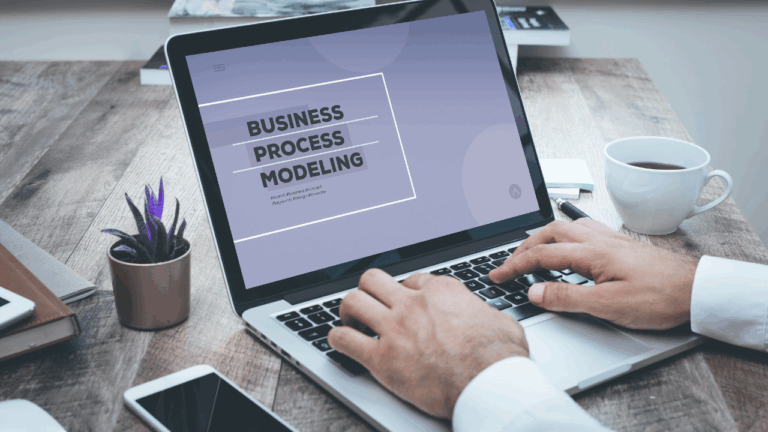
Ensuring Longevity in the Indian Business Landscape


Longevity in business is no longer an incidental outcome but a strategic necessity. Indian enterprises, particularly Small and Medium Enterprises (SMEs), face the dual challenge of ensuring immediate operational success while laying the foundation for long-term resilience. This paper introduces a three-dimensional approach to longevity by integrating the external environment (ESG factors), internal capabilities (operational excellence), and innovation-driven adaptability. Through an analysis of successful Indian businesses, this framework highlights actionable strategies that enterprises can adopt to achieve sustained success in a rapidly evolving economic landscape.
1.1 Environmental Responsibility: Adapting to Sustainable Practices
Businesses must proactively address their environmental footprint—not just to comply with regulations but to future-proof operations against resource scarcity and climate risks.
Example: ITC Limited – Triple Bottom Line Approach
ITC integrates economic, environmental, and social responsibility into its core, setting benchmarks for longevity through carbon-positive, water-positive, and zero-waste operations.
1.2 Societal Integration: Business as a Social Institution
Businesses thrive when they actively contribute to societal well-being. A flourishing society creates a robust business ecosystem.
Example: TATA Group – Social Capital as Strategic Asset
From Tata Trusts to Tata Steel’s skilling programs, the Group integrates social good with business longevity.
1.3 Governance: The Ethical Framework for Long-Term Stability
Good governance fosters investor confidence and employee loyalty—cornerstones of sustainable growth.
Example: Infosys – Corporate Governance Leadership
Infosys adheres to global governance norms, including strong HR-led compliance frameworks that ensure transparency.
2.1 Clarity of Purpose and Long-Term Vision
A purpose beyond profit provides businesses with direction during market volatility.
Example: Amul – Empowering Farmers through Cooperative Model
Clarity of mission allowed Amul to transcend market changes and build trust-driven scale.
How HRM fits:
Effective human resource management reinforces organizational purpose by aligning employee roles, behaviors, and motivation with long-term strategic intent.
2.2 Operational Excellence: The Key to Scalable Growth
Long-term success stems from eliminating waste, maximizing efficiency, and building resilient systems.
Example: Maruti Suzuki – Lean Manufacturing Champion
With vendor integration and efficient workflows, Maruti sustains profitability and growth.
How HRM fits:
Through performance management systems and process training, human resource management ensures that employees execute efficiently and align with process excellence.
2.3 Investing in Human Capital: People as Long-Term Assets
The ability to retain and grow talent directly impacts brand continuity and innovation capability.
Example: HCL Technologies – Employees First Strategy
HCL’s prioritization of employee growth builds trust, ownership, and innovation from within.
How HRM fits:
This is the core of human resource management—building scalable leadership, creating robust learning ecosystems, and driving engagement to reduce attrition and increase innovation.
3.1 Creating an Internal Innovation Ecosystem
Businesses must balance present execution with forward-looking innovation.
Example: Bajaj Auto – Built to Innovate
From scooters to high-performance motorcycles, Bajaj invested in product innovation and agile design.
How HRM fits:
Human resource management cultivates innovation by identifying creative talent, facilitating knowledge sharing, and embedding innovation in performance systems and recognition frameworks.
3.2 Future Readiness Through Digital Transformation
Technology is the backbone of sustainable innovation and operational efficiency.
Example: Zerodha – Digital-First, Lean-Scalable Model
Zerodha’s use of low-cost infrastructure and lean teams makes it profitable and agile.
How HRM fits:
HR must lead digital capability building. Strategic human resource management ensures digital reskilling, builds data-driven decision cultures, and embeds agility in work design.
Longevity doesn’t happen by accident—it is cultivated through three deliberate dimensions:
The External
The Internal
The Forward-Looking
🚀 “Longevity in business is not about survival—it’s about thriving with purpose, efficiency, and people-powered innovation.” 🚀
Please fill up the form